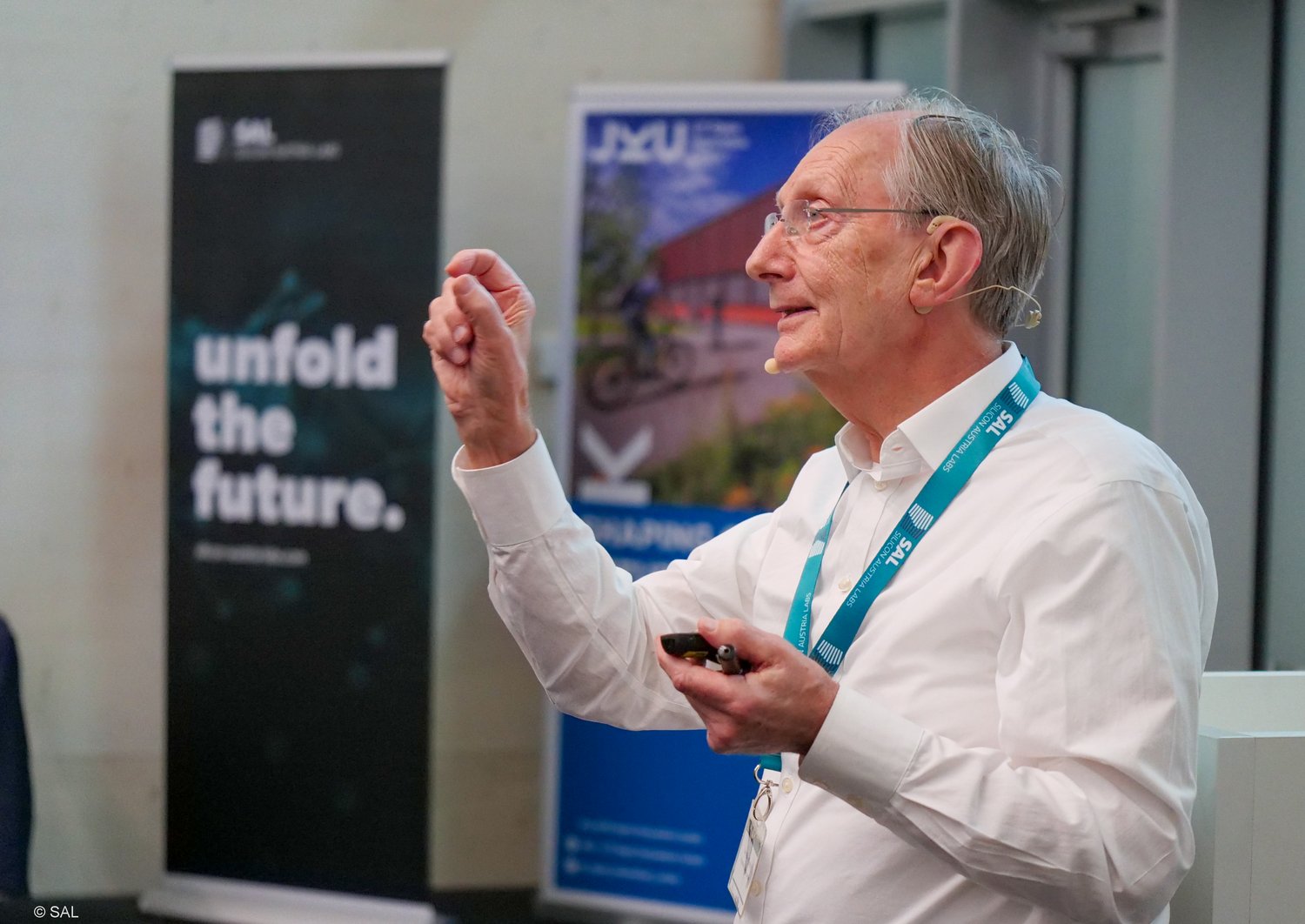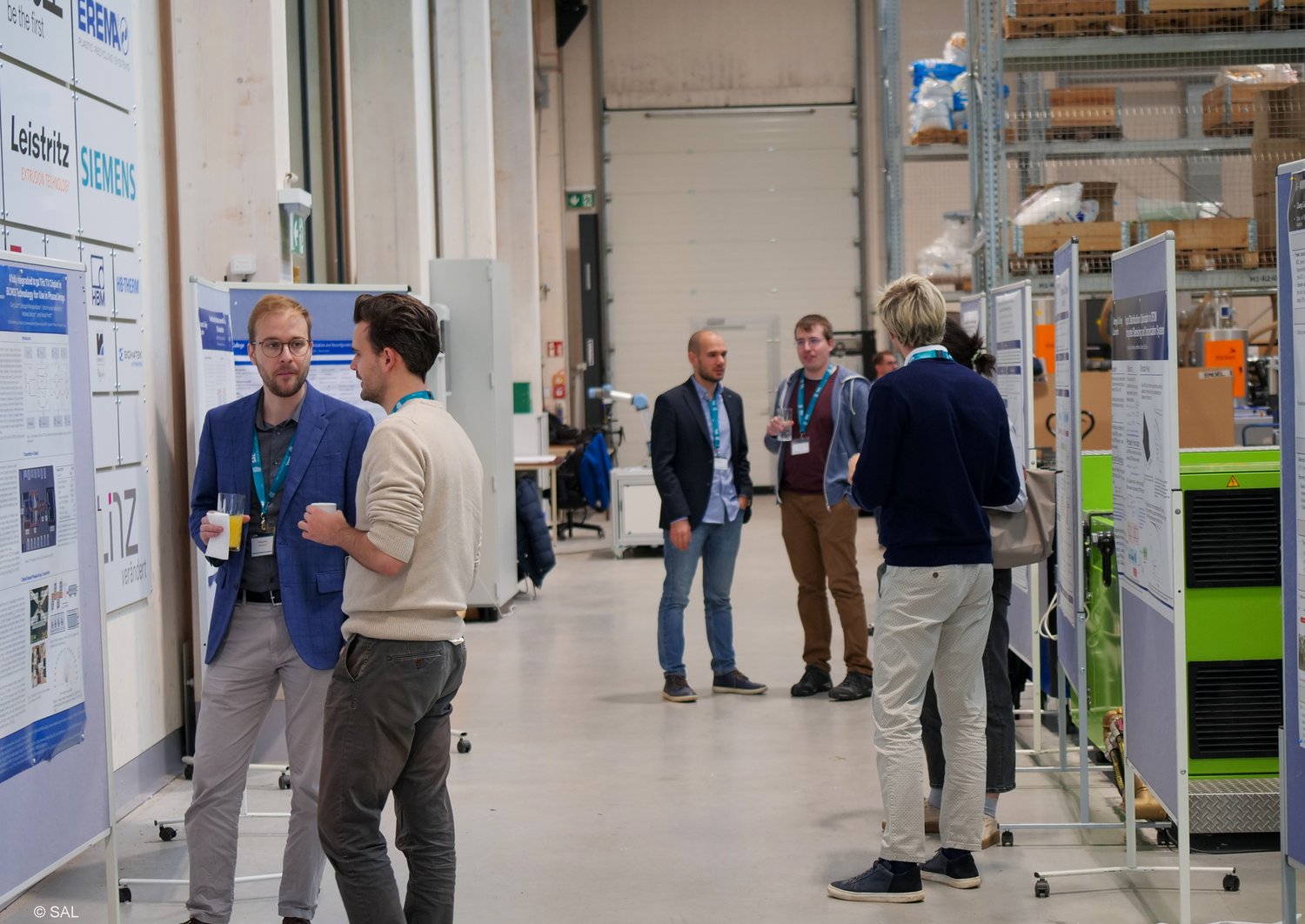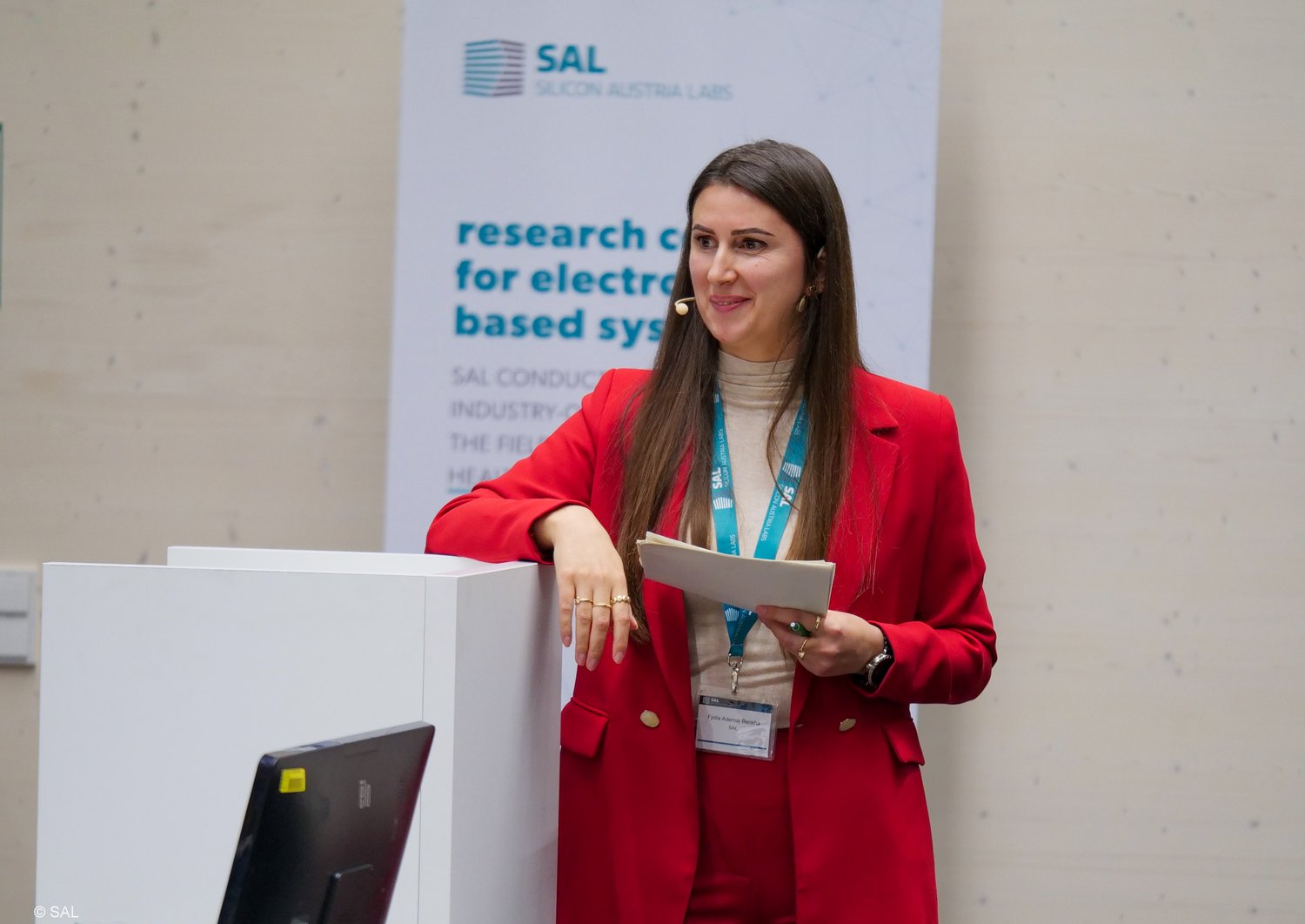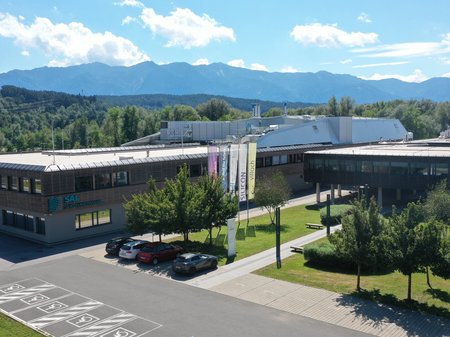Linz, Austria – More than 120 participants from around the world travelled to Linz to discuss 6G from many different angles, from research beginnings to future applications and visions, standardization to sustainability aspects. The symposium, which was hosted by the Austrian research center Silicon Austria Labs (SAL), included talks from experts in various fields, emphasizing the interdisciplinary nature of 6G development.
“6G calls for expertise beyond conventional communication engineering”, says Bruno Clerckx, CTO at Silicon Austria Labs (SAL). “Our goal for the first symposium on 6G was to bring renowned experts from physics, engineering and much more together to really enable discussions beyond a certain field of research.”
One of the highlights was Sir John Pendry's inspiring talk, offering profound insights into the fundamental physics of Metamaterials. Engineered for unique properties not found in nature, metamaterials manipulate electromagnetic waves and physical phenomena beyond conventional materials' limits. Emerging as a disruptive technology, metamaterials find applications in telecommunications, solar energy, biological imaging, sensing, and medical diagnostics, offering unprecedented control over light and electromagnetic radiation. Sir John Pendry also sparked the imagination of attendees by discussing his groundbreaking research of invisibility.
6G and Sustainability
A pivotal discussion during the symposium revolved around the intersection of 6G and sustainability. Participants explored how 6G could contribute to the 17 Sustainable Development Goals of the United Nations, envisioning a safer and more sustainable world. The symposium echoed the need for 6G to be 100 times more efficient than its predecessor, 5G, to truly become a sustainable communication network with low power consumption.
Beyond Connectivity: Reconfigurable Intelligent Surfaces and More
The symposium delved into exciting prospects for Reconfigurable Intelligent Surfaces (RIS), emphasizing the convergence of communication and sensing modalities. Discussions covered topics such as semantic communications and AI, low-complexity, and energy-efficient circuit architectures. Emphasis was placed on the importance of interdisciplinary collaboration, with engineers, legal experts, and business developers engaging in conversations vital to 6G topics.
Cutting-Edge Research at LIT Test factory
The LIT Test Factory hosted an impressive Poster Session, featuring more than 25 posters from international researchers. The LIT Test Factory is also home to SAL’s 5G/6G Testbed for industrial use cases, including time-sensitive networking for real-time applications, ultra-reliable and secure communications, real-time product location, autonomous mobile robots, human-machine interactions, edge and cloud computing, AI-supported networking, manufacturing, quality inspections, and the industrial metaverse. The ultimate goal: the realization of a Smart Factory for Industry 5.0 and beyond.
Culinary Delights and Networking
The symposium wasn't just about intellectual stimulation; attendees were treated to a gala dinner, co-sponsored by WKOÖ Fachgruppe UBIT, at Pöstlingberg. The dinner fostered networking opportunities and informal discussions in a relaxed atmosphere. Even the transportation to the Pöstlingberg was special, as participants were invited to take a historic tram from JKU up to the event location.
6G for a bright future
The sixth generation of wireless communications aims to consider the cost-benefit ratio right from the beginning, ensuring that the development of 6G is not only efficient but also economically viable. Looking ahead, the future of 6G involves a comprehensive approach to standardization and regulatory considerations. It acknowledges the need for a well-defined and globally accepted set of standards to ensure interoperability and seamless integration across diverse networks and devices.
The inaugural SAL Symposium on 6G in Linz marked a milestone in the exploration of the next generation of wireless communication and showed the transformative potential of 6G technology. Future applications will include traffic monitoring, parking lot detection, vulnerable road user detection, automotive radar enhancement, presence detection, activity detection, intrusion detection, collision avoidance, digital twinning, virtual safety zones, navigation for robots and human robot interaction.
The symposium was organized by Silicon Austria Labs in cooperation with JKU, and sponsored by WKOÖ Fachgruppe UBIT, Silicon Alps Cluster, Anritsu, Rohde & Schwarz, Fachverband der Elektro- & Elektronikindustrie (FEEI), United Micro Technology, Bosch, NXP Semiconductors and Keysight Technologies.
















